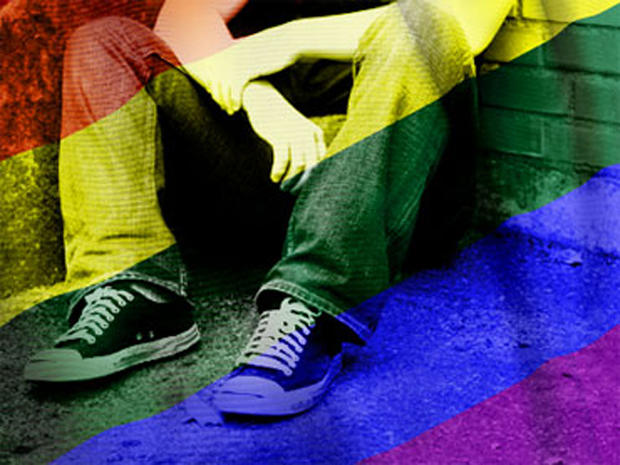"Gaydar" may be real, says Univ. of Washington study
(CBS News) Can you judge someone's sexual orientation just by looking at their face? According to a new scientific study, both men and women may have this inherent "gaydar" ability.
The research, published in the May 16 issue of PLoS One, showed that both men and women correctly judged a person's sexual orientation by simply looking at the person's picture more frequently than they would by chance. Participants were able to pick a woman's sexual orientation in over two-thirds of the cases, the study showed.
"(Determining sexual orientation) may be similar to how we don't have to think about whether someone is a man or a woman or black or white," said lead author Joshua Tabak, a psychology graduate student at the University of Washington, told ScienceDaily. "This information confronts us in everyday life."
The researchers hoped that this study could help shed light on how sexual orientation, as a societal construct, is conceptualized.
In the experiments, 24 University of Washington students - mostly women between the ages of 18 to 22 - were asked to look at photos taken from Facebook profiles of people who identified as gay or straight. For the purposes of the study, people who said they were bisexual were not included. In order to check whether the order in which the facial features were presented made any difference (known as configural processing), an additional 129 students were also asked to determine sexual orientation by looking at images presented upright and upside down.
In order to avoid giving any "clues," the photographs were devoid of hairstyles, facial hair, ears, makeup and glasses, and were presented in grayscale and adjusted for brightness. The subjects were then shown the images for 50 milliseconds and then asked to say if the person was gay or straight as quickly as possible.
Both tests showed that subjects were able to correctly guess someone's sexual orientation in most of the cases. Participants were 65 percent accurate in telling straight women from gay women, and 57 percent accurate when telling straight men from gay men. The number slipped to 61 percent and 53 percent when the pictures were presented upside down. Researchers noted that people had a higher chance of assuming a man was gay when the picture was presented the wrong way, and hypothesized that the numbers went down because configural processing probably aids in snap judgments of sexual orientation.
Tabak also added that because this experiment only tested American college students, people from older generations and other cultures who do not interact with as many gay people may be less accurate in making straight or gay judgements.

